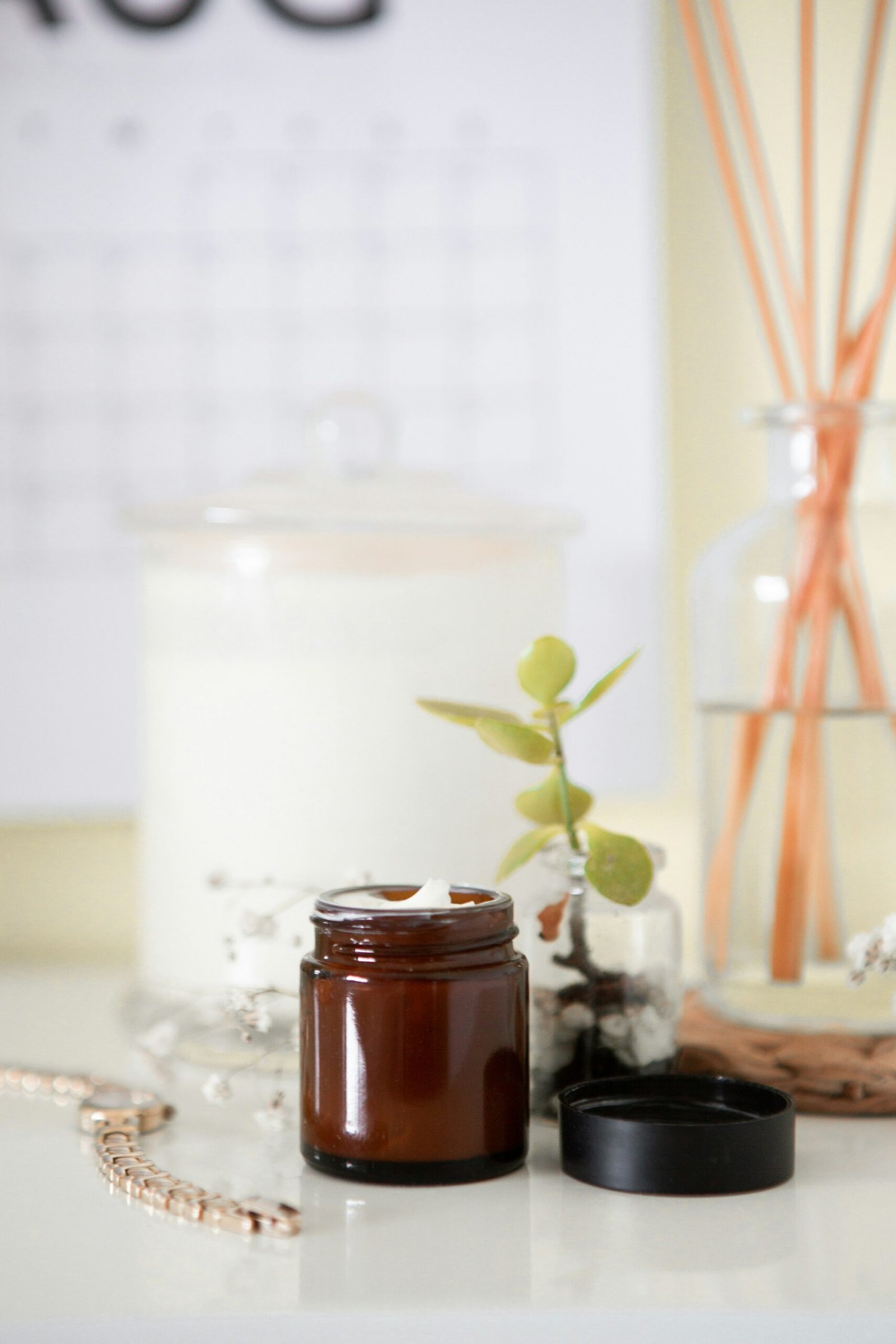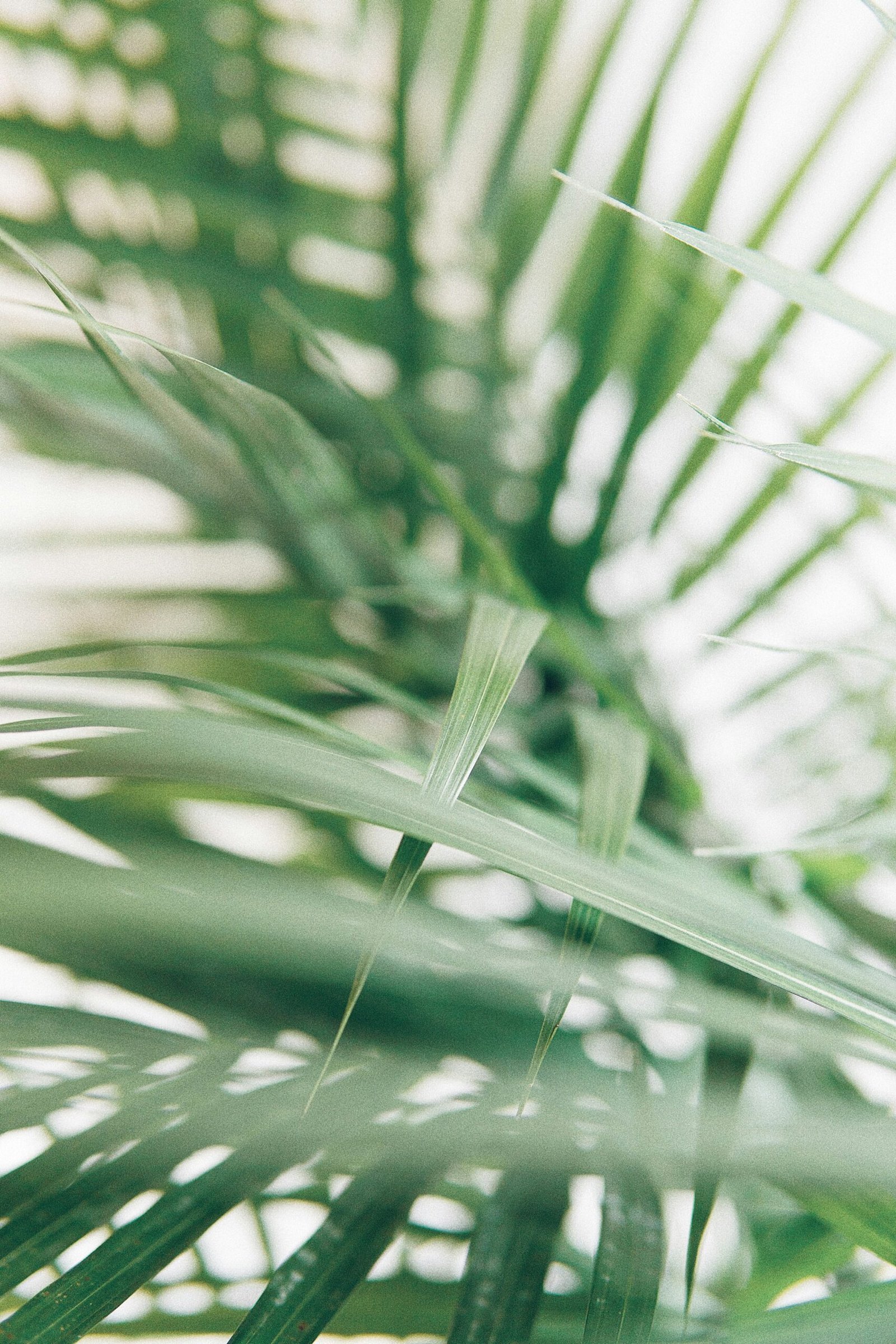Introduction to Succulents
Succulents have surged in popularity among gardening enthusiasts, both for their unique aesthetic appeal and their remarkable resilience. These plants are characterized by their thick, fleshy leaves and stems, which are adept at storing water. This intrinsic capability makes succulents an excellent choice for those seeking low-maintenance greenery that can thrive in a variety of conditions.
One of the standout features of succulents is their adaptability. They are equally at home in the controlled environment of indoor spaces as they are in outdoor gardens. This versatility allows for creative planting options, from elegant indoor arrangements to vibrant outdoor landscapes. The diverse forms and colors of succulents add a dynamic visual element, making them a favorite for both novice and experienced gardeners.
The low-maintenance nature of succulents is one of their most attractive qualities. Unlike many other plants that require frequent watering and specific soil conditions, succulents are relatively forgiving. Their ability to store water means they can tolerate periods of neglect, making them ideal for busy individuals or those new to gardening.
In addition to their practical benefits, succulents offer a wide range of aesthetic possibilities. Their unique shapes and textures can enhance any space, whether used as eye-catching focal points or as complementary accents in a larger garden design. With so many varieties available, from the robust Aloe Vera to the delicate Echeveria, succulents provide endless opportunities for creative expression.
In summary, succulents are an excellent choice for anyone looking to add low-maintenance, visually appealing plants to their indoor or outdoor spaces. Their water-storing capabilities, combined with their adaptability and diverse aesthetic options, make them a versatile and enduring favorite in the world of gardening.
Benefits of Growing Succulents
Succulents offer a myriad of benefits, making them an excellent choice for both indoor and outdoor spaces. One of the most significant advantages is their ability to purify the air. These resilient plants can absorb toxins, helping to maintain a healthier environment in your home or garden. Additionally, succulents have low water requirements, making them perfect for water-conscious gardeners. Their ability to retain water in their leaves allows them to thrive in arid conditions, reducing the need for frequent watering.
Another notable benefit is their adaptability to various climates. Succulents can survive in a wide range of environments, from hot, dry deserts to cooler, temperate regions. This adaptability makes them a versatile choice for different geographical locations. Furthermore, succulents come in an array of shapes, sizes, and colors, providing endless options for creative landscaping and interior decoration. Their unique forms and vibrant hues can add a touch of elegance and diversity to any space.
Beyond their aesthetic and environmental benefits, succulents also have a positive impact on mental well-being. Studies have shown that interacting with plants can reduce stress, improve mood, and enhance overall mental health. Succulents, with their low maintenance needs, are especially suited for individuals seeking a therapeutic gardening experience without the demands of more high-maintenance plants.
Incorporating succulents into your living or working space can significantly enhance its visual appeal. Their distinctive appearance can serve as a focal point in any room or garden, creating a calming and inviting atmosphere. Whether arranged in a minimalist indoor planter or a sprawling outdoor rock garden, succulents can transform your space into a serene and aesthetically pleasing environment.
Top Indoor Succulents
When it comes to enhancing your indoor spaces with greenery, succulents are an excellent choice due to their minimal care requirements and aesthetic appeal. Among the most popular indoor succulents, Aloe Vera, Jade Plant, Echeveria, and Snake Plant stand out for their adaptability and unique characteristics.
Aloe Vera is not only prized for its medicinal properties, but also for its resilience. This succulent prefers bright, indirect light, making it suitable for sunny windowsills. Aloe Vera requires well-draining soil and infrequent watering, typically every three weeks. Its fleshy, spiked leaves store water, allowing it to thrive even in dry conditions.
The Jade Plant, known for its thick, glossy leaves, is another favorite among indoor gardeners. It thrives in bright, indirect light but can tolerate lower light conditions. The Jade Plant prefers well-draining soil and should be watered only when the topsoil feels dry. Over time, it can grow into a small, tree-like structure, adding a touch of elegance to any room.
Echeveria, with its rosette-shaped leaves, is a visually striking succulent that comes in various colors and shapes. It requires bright, direct light to maintain its vibrant hues and compact form. Echeveria should be planted in well-draining soil and watered sparingly, ensuring the soil dries out completely between waterings. Its compact size makes it ideal for small indoor spaces or as part of a succulent arrangement.
The Snake Plant, also known as Sansevieria or Mother-in-Law’s Tongue, is renowned for its upright, sword-like leaves. It is incredibly hardy, tolerating low light conditions and infrequent watering, making it perfect for beginners. The Snake Plant also has air-purifying qualities, removing toxins such as formaldehyde and benzene from the air.
These indoor succulents are ideal for indoor environments due to their adaptability and low-maintenance nature. They not only enhance the aesthetic appeal of your home but also contribute to a healthier living space. By choosing the right succulents and providing proper care, you can enjoy the beauty and benefits of these remarkable plants year-round.
Top Outdoor Succulents
When it comes to enhancing outdoor spaces, certain succulents stand out due to their resilience and aesthetic appeal. Among the best options for outdoor growth are Agave, Sedum, Sempervivum (commonly known as Hens and Chicks), and Dudleya. Each of these varieties offers unique characteristics and care requirements, making them well-suited to thrive in various outdoor conditions.
Agave is a standout succulent for outdoor spaces due to its striking rosette shape and ability to endure harsh conditions. Native to arid regions, Agave thrives in full sun and well-drained soil. It is drought-tolerant and requires minimal watering once established. With varieties ranging in size from small to large, Agave can serve as a focal point or a complementary addition to a garden.
Sedum, also known as stonecrop, is another excellent choice for outdoor gardens. This versatile succulent comes in a variety of forms, from ground covers to upright plants. Sedum is highly adaptable, flourishing in full sun to partial shade and in various soil types, provided they are well-draining. Its vibrant foliage and star-shaped flowers add color and texture to rock gardens, borders, and containers.
Sempervivum, or Hens and Chicks, are known for their rosette-shaped clusters and ability to multiply quickly. These hardy succulents thrive in full sun and well-drained soil, making them ideal for rock gardens and alpine settings. Sempervivum is drought-tolerant and can withstand cold temperatures, making it a low-maintenance option for outdoor spaces.
Dudleya is a less common but equally stunning outdoor succulent. Native to coastal areas, Dudleya prefers cooler climates and well-drained soil. It thrives in partial to full sun and requires infrequent watering, especially during its dormant period in summer. Dudleya’s unique appearance and silvery foliage make it a captivating addition to any garden, particularly in rockeries and coastal landscapes.
These outdoor succulents not only enhance garden aesthetics but also require minimal maintenance, making them perfect for gardeners seeking beauty and resilience in their outdoor spaces.
Caring for Indoor Succulents
Indoor succulents are beloved for their low-maintenance nature and striking appearance. However, to ensure they thrive, understanding their specific care requirements is essential. One of the most critical aspects of succulent care is providing the right amount of light. Succulents typically require bright, indirect sunlight. Ideally, place them near a south- or east-facing window where they can receive ample light without being scorched. If natural light is insufficient, consider using a grow light to supplement their needs.
Watering schedules for succulents can be tricky, as overwatering is a common issue. Succulents store water in their leaves, so they do not need frequent watering. Water them thoroughly but infrequently, allowing the soil to dry out completely between waterings. During the growing season (spring and summer), watering every two to three weeks is usually sufficient. In the dormant season (fall and winter), reduce watering to once a month. Always ensure the container has drainage holes to prevent water from pooling at the bottom, which can lead to root rot.
The type of soil used is also crucial for succulent health. Succulents prefer a well-draining soil mix. Standard potting soil retains too much moisture, so it’s best to use a specialized cactus or succulent mix, which is designed to drain quickly. You can also create your own mix by combining regular potting soil with coarse sand or perlite, providing the necessary aeration and drainage.
Choosing the right container is another important factor. While succulents can adapt to various containers, those made from porous materials like terracotta are ideal. These containers allow excess moisture to evaporate, reducing the risk of overwatering. Ensure the container size is appropriate for the plant; too large, and the soil may retain too much moisture, too small, and the plant may become root-bound.
Common issues with indoor succulents include overwatering, pests, and lack of sunlight. Overwatered succulents often display mushy, translucent leaves and may develop root rot. Address this by reducing watering frequency and ensuring proper drainage. Pests like mealybugs and aphids can be treated with insecticidal soap or neem oil. If your succulent is stretching or leaning towards the light, it may be a sign of insufficient sunlight, known as etiolation. Move the plant to a brighter location or use a grow light to provide additional illumination.
Caring for Outdoor Succulents
Caring for outdoor succulents requires a keen understanding of their unique needs, particularly regarding soil drainage, sun exposure, and watering routines. Proper soil drainage is crucial since succulents are prone to root rot if left in waterlogged soil. Using a well-draining mix, such as cactus soil or adding perlite to regular potting soil, ensures that water does not stagnate around the roots.
Sun exposure is another critical factor. Most outdoor succulents thrive in full sun, requiring at least six hours of direct sunlight daily. However, during peak summer months, intense midday sun can cause sunburn on their leaves. Gradually acclimating succulents to increased sunlight and providing some shade during the hottest parts of the day can prevent damage.
Watering routines for outdoor succulents should be adjusted according to the climate and season. In warmer months, succulents may need more frequent watering, typically once a week, but always ensure the soil is completely dry before watering again. In cooler months, reduce watering frequency to once a month or even less, as succulents enter a dormant period and require less moisture.
Protecting outdoor succulents from extreme weather conditions is essential for their longevity. During winter, consider bringing potted succulents indoors or covering them with frost cloths to shield them from freezing temperatures. In excessively rainy seasons, ensure they are not exposed to prolonged moisture by moving them to a covered area.
Outdoor succulents are occasionally susceptible to pests and diseases. Regularly inspect your plants for signs of mealybugs, aphids, or fungal infections. Natural remedies, such as neem oil or insecticidal soap, can be effective in combating these issues without harming the plants.
Seasonal care tips are imperative for maintaining the year-round health of your outdoor succulents. During spring and summer, fertilize them lightly with a balanced, water-soluble fertilizer to encourage growth. In fall, reduce watering and stop fertilizing to help them prepare for the dormant winter period. By following these comprehensive care guidelines, you can ensure that your outdoor succulents thrive in any environment.
Creative Ways to Display Succulents
Succulents offer a versatile and visually appealing way to enhance both indoor and outdoor spaces. Their unique shapes, vibrant colors, and low maintenance requirements make them ideal for a variety of creative display options. One popular method is the succulent terrarium, a miniature ecosystem enclosed in a glass container. Terrariums can be customized with different succulent varieties, decorative stones, and sand layers to create a stunning piece of living art. Ensure the terrarium is placed in a location with ample indirect sunlight to maintain the health of the plants.
Another innovative approach is the vertical garden, which involves arranging succulents on a mounted frame or wall. This method not only conserves space but also creates a striking focal point. To construct a vertical garden, choose a sturdy frame and fill it with a well-draining soil mix. Select a variety of succulents, ensuring a mix of trailing, rosette, and upright forms for a dynamic display. Secure the plants in the frame and allow them time to establish their roots before hanging the garden in a bright, airy location.
Hanging planters are also an excellent option for showcasing succulents, especially in areas where floor or table space is limited. Macramé hangers or decorative pots suspended from the ceiling can add a touch of elegance to any room or patio. When arranging succulents in hanging planters, consider combining different textures and colors to create an eye-catching display. Ensure the planters have adequate drainage and are hung in a spot that receives plenty of light.
Mixed plant containers are another versatile way to display succulents. Combining various succulent species in a single pot can create a lush, diverse arrangement. Begin by selecting a container with good drainage and filling it with a succulent-friendly soil mix. Arrange taller succulents in the center or towards the back, and place smaller, spreading varieties around the edges. This layered approach provides depth and visual interest. Regularly rotate the container to ensure even light distribution and prevent the plants from leaning towards the light source.
By experimenting with these creative display methods, you can transform your succulents into captivating arrangements that enhance both indoor and outdoor environments. Whether you choose terrariums, vertical gardens, hanging planters, or mixed containers, each option offers a unique way to showcase the beauty and variety of these resilient plants.
Conclusion and Final Tips
Succulents are an excellent choice for both indoor and outdoor spaces, offering a combination of low maintenance, aesthetic appeal, and versatility. As discussed in the blog post, these hardy plants thrive in various environments, making them ideal for beginners and experienced gardeners alike. Some of the best succulents for indoor spaces include Aloe Vera, Jade Plant, and Haworthia, while outdoor varieties like Agave, Sedum, and Echeveria can enhance your garden’s beauty.
One of the significant benefits of growing succulents is their ability to store water, which allows them to survive in arid conditions with minimal care. This characteristic makes them perfect for individuals with busy lifestyles or those new to gardening. Succulents also come in a wide range of shapes, sizes, and colors, providing endless possibilities for creative displays and arrangements. Whether you prefer a minimalist indoor décor or a vibrant outdoor garden, succulents can adapt to your needs.
For beginners, it is essential to start with easy-to-grow varieties and gradually expand your collection as you gain confidence. Ensure that your succulents receive adequate sunlight, as most species require bright, indirect light to thrive. Additionally, proper watering techniques are crucial; it is better to underwater than overwater, as excess moisture can lead to root rot. Always use well-draining soil and pots with drainage holes to prevent water accumulation.
Seasoned gardeners can experiment with more challenging varieties and explore different display methods, such as vertical gardens, terrariums, and mixed arrangements. Incorporating succulents into your living space not only enhances its visual appeal but also promotes a calming and serene atmosphere. By understanding the specific needs of each succulent and providing the appropriate care, you can enjoy their beauty and resilience for years to come.
In conclusion, succulents are a versatile and rewarding addition to any indoor or outdoor space. Their unique characteristics and low-maintenance nature make them a popular choice for gardeners of all experience levels. Embrace the diversity of succulents and experiment with various varieties and display techniques to create a stunning and personalized green oasis in your home or garden.





















+ There are no comments
Add yours